Oxidized bitumen 115/15 is a type of bitumen that has been processed through an oxidation process, resulting in a harder and more viscous material compared to regular bitumen. It is commonly used in bituminous waterproofing applications due to its improved properties.
Bituminous waterproofing is a method of providing a waterproof barrier on various surfaces, such as roofs, foundations, and basements, using bitumen-based materials. Oxidized bitumen 115/15 is typically used as a key component in bituminous waterproofing systems due to its desirable characteristics, such as high melting point, increased resistance to UV radiation, improved thermal stability, and enhanced durability.
When used in bituminous waterproofing, oxidized bitumen 115/15 is typically mixed with other materials, such as fillers, polymers, and reinforcing fibers, to create a suitable waterproofing membrane. The membrane is then applied to the surface to be waterproofed, either by the hot application using heat torches or by the cold application using adhesives.
Oxidized bitumen 115/15 in bituminous waterproofing provides an effective and long-lasting solution for protecting structures from water infiltration and damage. It is commonly used in a variety of construction applications, including roofs, below-grade structures, and civil engineering projects where water resistance is critical. Proper installation and adherence to the manufacturer’s guidelines are essential to ensure the effectiveness of the waterproofing system.
BENEFITS OF USING OXIDIZED BITUMEN 115/15 IN BITUMINOUS WATERPROOFING
Oxidized bitumen 115/15, also known as blown bitumen, is a type of bituminous material that has been modified through a process of oxidation. This modification imparts specific properties to the bitumen that make it suitable for use in bituminous waterproofing applications. Some of the benefits of using oxidized bitumen 115/15 in bituminous waterproofing include:
- Enhanced durability: Oxidized bitumen 115/15 has improved durability compared to regular bitumen. The oxidation process increases its resistance to environmental factors such as UV radiation, oxidation, and weathering, making it more long-lasting and reliable for waterproofing applications. This makes it ideal for use in exposed areas or structures that are subject to harsh weather conditions.
- Improved flexibility: Oxidized bitumen 115/15 retains its flexibility even at lower temperatures, making it suitable for waterproofing applications in colder climates. It remains pliable and does not become brittle, which helps it maintain its waterproofing effectiveness over a wide temperature range. This flexibility also allows it to accommodate structural movements without cracking or rupturing, ensuring long-term performance.
- Excellent adhesion: Oxidized bitumen 115/15 has high adhesive properties, which allows it to bond effectively to a variety of substrates, including concrete, masonry, metal, and wood. This ensures a strong and reliable bond, creating a watertight seal that prevents water infiltration and protects the underlying structures from moisture damage.
- Ease of application: Oxidized bitumen 115/15 is typically supplied in a solid form, which makes it easy to handle and apply. It can be heated to a liquid state for easy spreading and then solidifies upon cooling to form a waterproofing membrane. It can be applied using a variety of methods, including hot-applied, torch-applied, or self-adhesive, depending on the specific project requirements, making it a versatile choice for different waterproofing applications.
- Cost-effective: Oxidized bitumen 115/15 is a cost-effective option for bituminous waterproofing compared to other materials. It provides excellent performance and durability, which can result in longer service life and reduced maintenance costs. Its ease of application also helps to minimize labor costs and installation time, making it a cost-effective choice for waterproofing projects.
- Compatibility with other materials: Oxidized bitumen 115/15 is compatible with other bituminous materials, such as asphalt, which allows it to be used in combination with other waterproofing systems, such as built-up roofing (BUR) or modified bitumen roofing (MBR). This makes it a versatile option for waterproofing various types of structures, including roofs, foundations, basements, and below-grade applications.
In conclusion, the use of oxidized bitumen 115/15 in bituminous waterproofing offers several benefits, including enhanced durability, improved flexibility, excellent adhesion, ease of application, cost-effectiveness, and compatibility with other materials. It is a reliable and effective choice for protecting structures from water damage in various weather conditions and environments. However, as with any construction material, proper design, installation, and maintenance are crucial to ensure optimal performance and longevity. It is recommended to consult with a qualified professional for the appropriate use and application of oxidized bitumen 115/15 in bituminous waterproofing projects.
METHODS OF USING OXIDIZED BITUMEN 115/15 IN BITUMINOUS WATERPROOFING
Oxidized bitumen 115/15 is a type of bituminous material that has been oxidized to increase its viscosity and improve its performance in waterproofing applications. Here are some methods of using oxidized bitumen 115/15 in bituminous waterproofing:
- Torch Application: In this method, oxidized bitumen 115/15 is heated using a propane torch until it becomes soft and molten, and then applied to the prepared surface using a trowel or a brush. The oxidized bitumen is typically applied in multiple layers to achieve the desired thickness, with each layer being torched to adhere to the previous layer.
- Hot Mop Application: This method involves heating oxidized bitumen 115/15 in a hot kettle or melter, and then applying it to the substrate using a mop or a squeegee. The molten bitumen is spread evenly over the prepared surface, and overlapping layers are applied to achieve the desired thickness.
- Spray Application: In this method, oxidized bitumen 115/15 is heated and sprayed onto the substrate using specialized equipment, such as a spray gun or a sprayer. The bitumen is typically applied in a continuous and uniform manner, allowing for quick and efficient coverage over large areas.
- Self-Adhesive Membrane: Oxidized bitumen 115/15 can also be used in the form of self-adhesive membranes, which come with an adhesive backing that allows for easy installation. The backing is typically protected with a release liner that is peeled off during installation, allowing the membrane to adhere to the prepared surface.
- Mix with Aggregates: Oxidized bitumen 115/15 can also be mixed with aggregates, such as sand or gravel, to create a bituminous mix that can be used for waterproofing. The mixture is typically heated to a molten state and then applied to the substrate using conventional paving or compaction equipment.
It’s important to follow the manufacturer’s guidelines and specifications for the proper handling, storage, and application of oxidized asphalt 115/15 in bituminous waterproofing. Additionally, appropriate safety measures, such as wearing protective clothing and using proper ventilation, should be followed during the application process. Consulting with a qualified professional or a manufacturer’s representative is recommended for specific guidance and recommendations for the use of oxidized bitumen 115/15 in your waterproofing project.



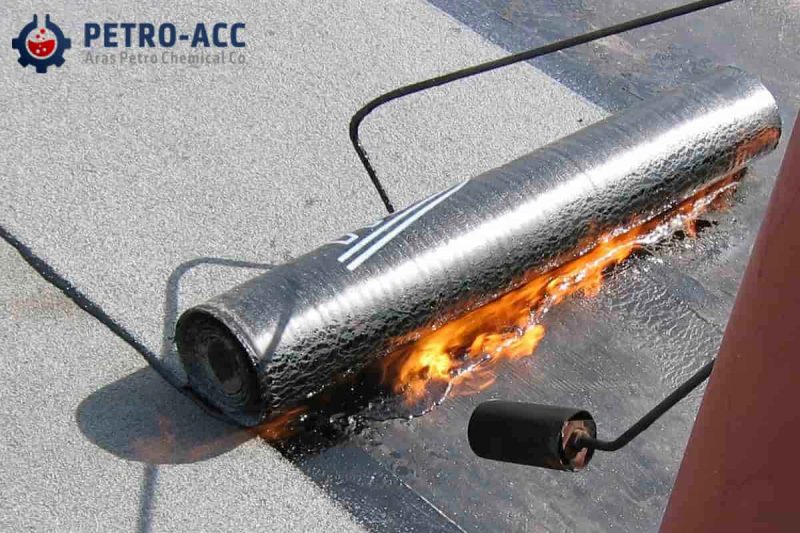
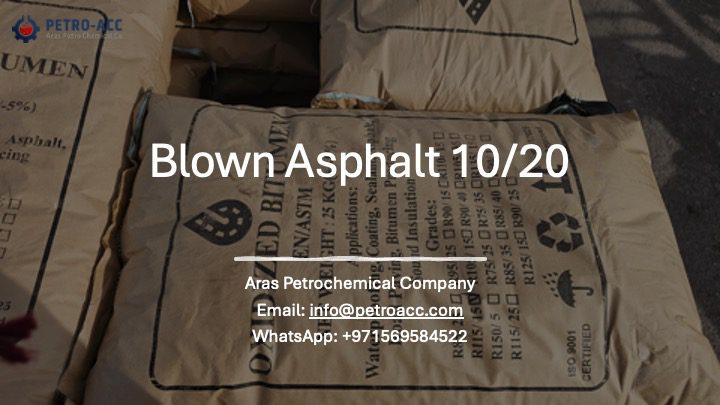
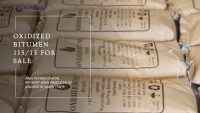

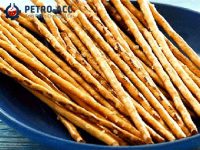
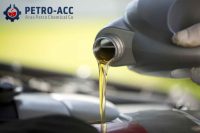
Leave A Comment